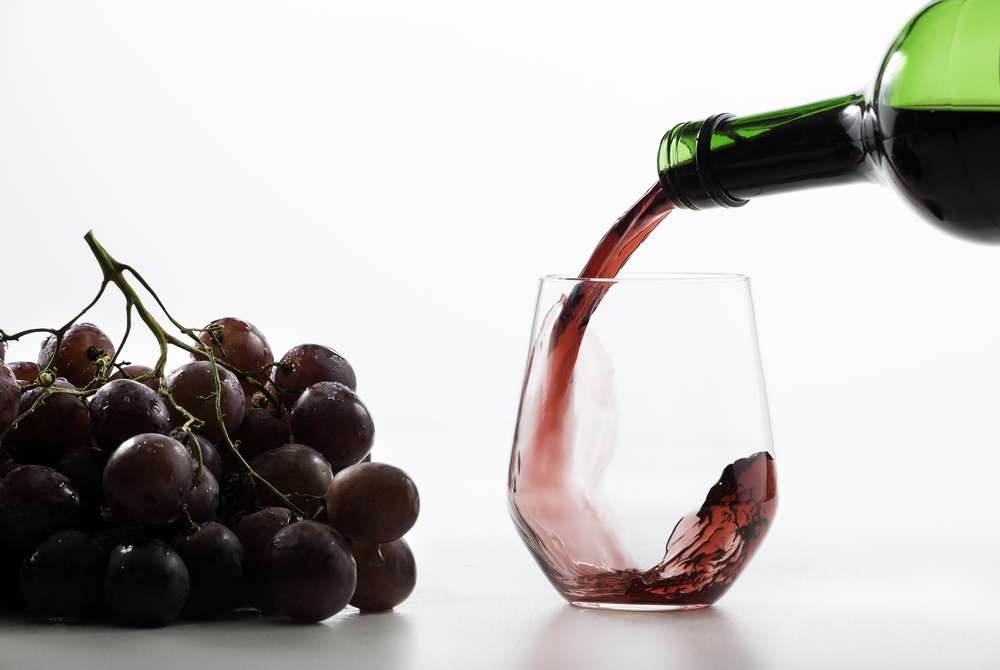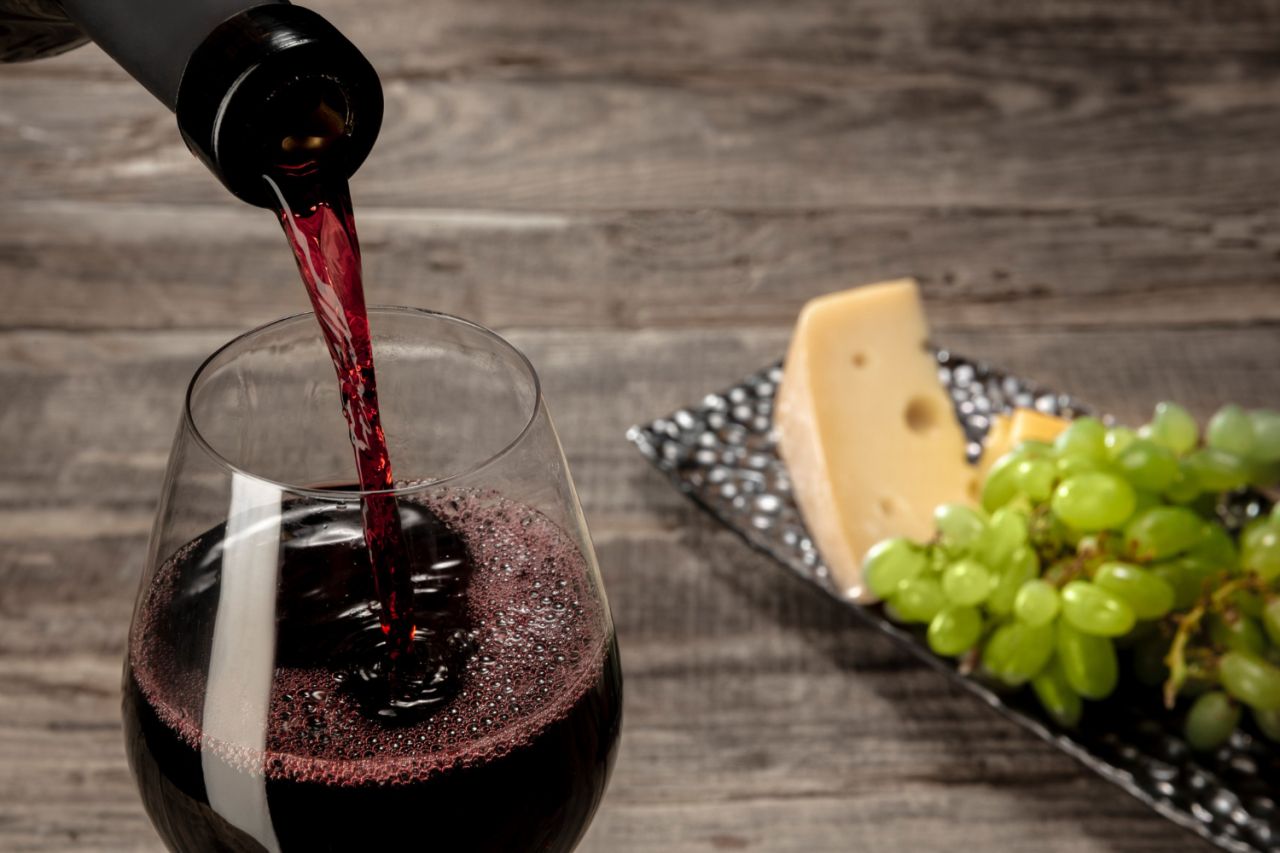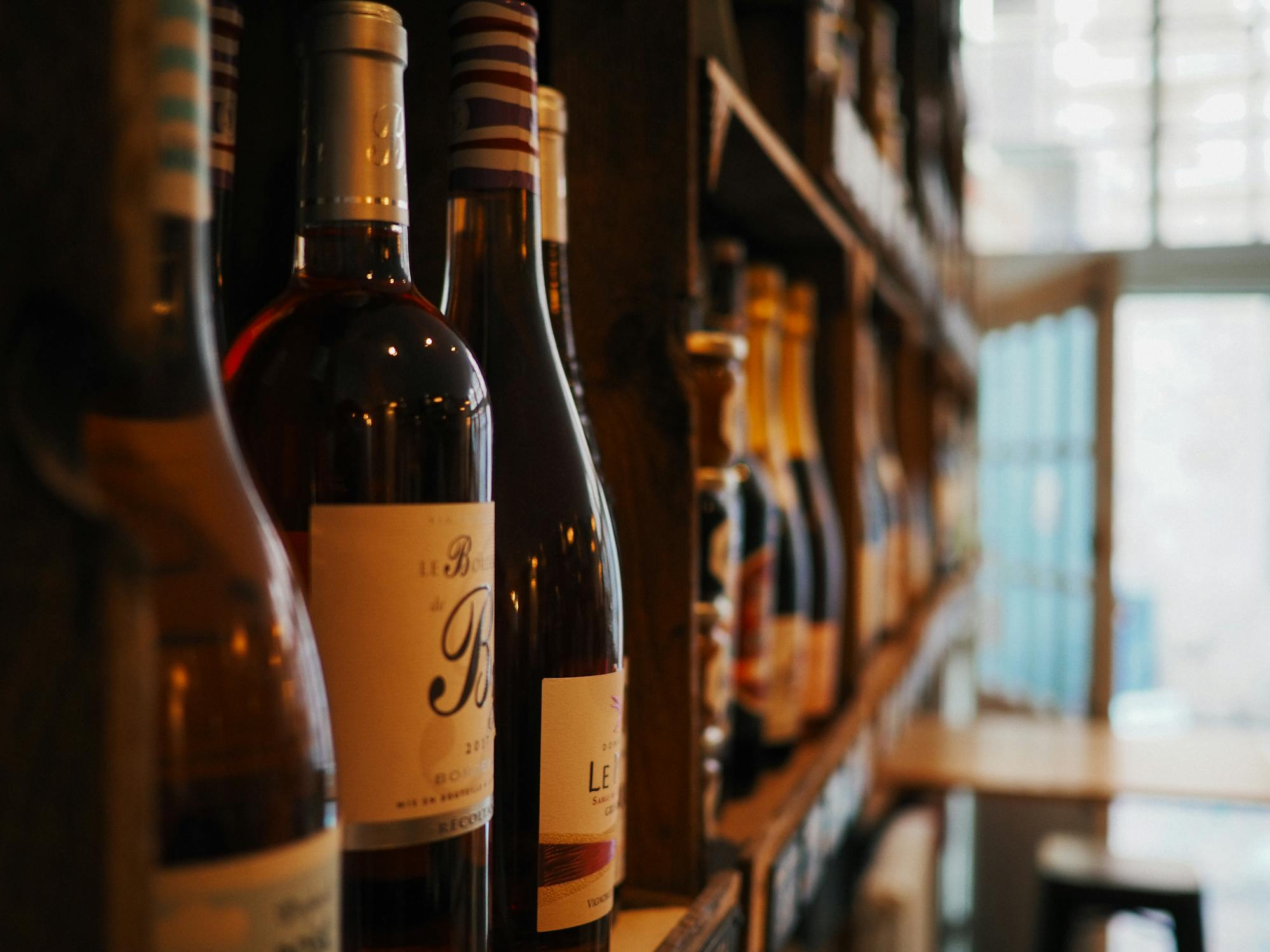Cyprus offers a treasure trove of sweet wines, but Commandaria stands out as the most celebrated and historically significant sweet wine from the island. This amber-hued dessert wine, produced exclusively in 14 villages on the southern slopes of the Troodos Mountains, delivers a luscious sweetness balanced with complex flavors that have captivated wine enthusiasts for millennia.
Key Takeaways
- Commandaria is recognised as the world’s oldest named wine, with production dating back to at least 800 BCE
- The wine is made from sun-dried Xynisteri and Mavro grapes grown in a specific geographical area
- Commandaria earned its royal reputation when Richard the Lionheart declared it “the wine of kings and the king of wines”
- The production process includes mandatory oxidative aging in oak for at least two years
- Commandaria offers flavors of honey, dried fruits, and spices with 125-150g/L residual sugar
The Historical Legacy of Commandaria
Commandaria’s rich history dates back thousands of years, making it an integral part of Cyprus’s cultural heritage. Recognised by the Guinness World Records as the oldest continuously produced named wine, its lineage can be traced to Hesiod’s 8th-century BCE writings about Cypriot “Nama” wine. The Knights Templar played a crucial role in systematising its production in the 12th century, exporting it across Europe and introducing fortification techniques.
The wine’s name derives from “La Grande Commanderie,” the headquarters established by the Crusaders in the 12th century. Commandaria’s prestige reached royal heights in 1191 when Richard the Lionheart celebrated his wedding in Limassol with this exquisite wine. Its competitive pedigree was cemented when it emerged victorious in history’s first recorded blind tasting—the 1224 “Battle of the Wines” organised by French King Philip Augustus.

Protected Designation of Origin
In 1993, the European Union granted Commandaria Protected Designation of Origin (PDO) status, legally restricting its production to defined limestone-rich vineyards at 500-900m altitude near Limassol. This protection ensures adherence to traditional methods and maintains the wine’s distinctive character. The PDO status applies to wines produced in these 14 designated villages:
- Agios Georgios
- Agios Konstantinos
- Agios Mamas
- Agios Pavlos
- Apsiou
- Gerasa
- Doros
- Zoopigi
- Kalo Chorio
- Kapilio
- Laneia
- Louvaras
- Monagri
- Silikou
Traditional Production Methods
The creation of Commandaria follows ancient techniques combined with modern standards. The process begins with harvesting Xynisteri (white) and Mavro (red) grapes when they reach specific sugar levels—Xynisteri must have at least 212g sugar/L and Mavro requires at least 252g/L before drying.
After harvest, the grapes undergo a sun-drying process for 7-10 days, which concentrates the sugars dramatically to 390-450g per kilogram. This method, known locally as “Pastelisma,” intensifies flavors and contributes to the wine’s characteristic sweetness. The dried grapes are then pressed and undergo a slow natural fermentation lasting 60-90 days.
Occasionally, the fermentation is halted with grape spirit addition to boost the alcohol content to 15-20%. This is followed by mandatory oxidative aging in oak barrels for a minimum of two years under EU PDO rules, though many producers employ solera systems for decades-old blends, creating wines of exceptional complexity.
Sensory Profile and Tasting Notes
Commandaria presents a rich sensory experience that has enchanted wine lovers through the centuries. Visually, it displays a deep amber color with greenish rim variations in younger bottlings. The aroma profile features layered scents of rum-steeped raisins, Medjool dates, caramelised orange zest, and walnut liqueur, often accented by barrel-derived coffee and vanilla notes.
On the palate, Commandaria delivers an unctuous texture carrying flavors of:
- Honeyed figs
- Marzipan
- Dark chocolate
- Spicy notes of cardamom
- Subtle licorice on the finish
The wine achieves a remarkable balance with 125-150g/L residual sugar counterpointed by Xynisteri’s natural acidity (pH 3.6-3.8). This creates a harmonious profile distinct from other dessert wines like Port or Sauternes.
Modern Innovations and Market Position
While honoring tradition, Cypriot winemakers continue to innovate. Producers like ETKO Winery have introduced modern approaches while maintaining traditional methods, exporting nearly 1,000 cases annually to Australia. Smaller estates experiment with extended solera aging—SODAP’s Saint Barnabas Commandaria (aged 8+ years) showcases citrus freshness alongside cola and curry nuances, whereas Loel’s Alisia emphasizes mint and herbal complexity.
Despite the global dessert wine market growth, Commandaria remains somewhat niche, with 95% of Cyprus’s annual wine production consumed domestically. However, PDO recognition in the EU, USA, and Canada reinforces its premium positioning, with bottles retailing between €18-45 depending on aging.
Serving Recommendations
To fully appreciate Commandaria’s complex flavor profile, serve it chilled at 8-10°C in dessert wine glasses to concentrate the aromatics. This sweet Cypriot wine pairs beautifully with:
- Traditional Cypriot desserts, especially baklava
- Aged cheeses like Gouda
- Dark chocolate (70% cocoa or higher)
- Blue cheeses
- Foie gras and other rich appetizers
Commandaria cellars effectively for 15-20 years, developing tertiary truffle and tobacco notes that add further dimensions to its already impressive flavor complexity.
Sources
Wikipedia – Commandaria
Wine-Searcher – Commandaria Region
Kipiadi – St Nicholas Commandaria
LawCyprus – Commandaria Cyprus Dessert Wine
CWF Expo – Which Cypriot Wine is Sweet in Taste?
Dessertwines.online – Commandaria Legendary from Cyprus
Winetitles – Commandaria Uncorked: The King of Wine





